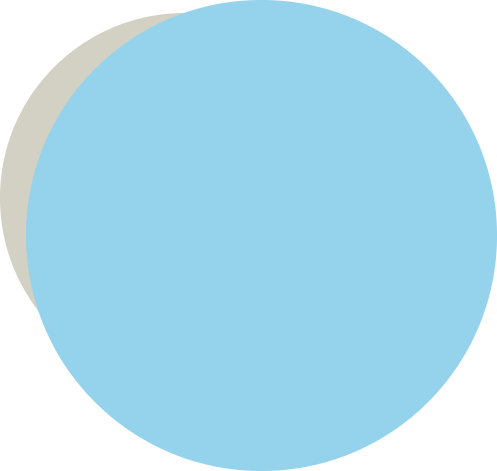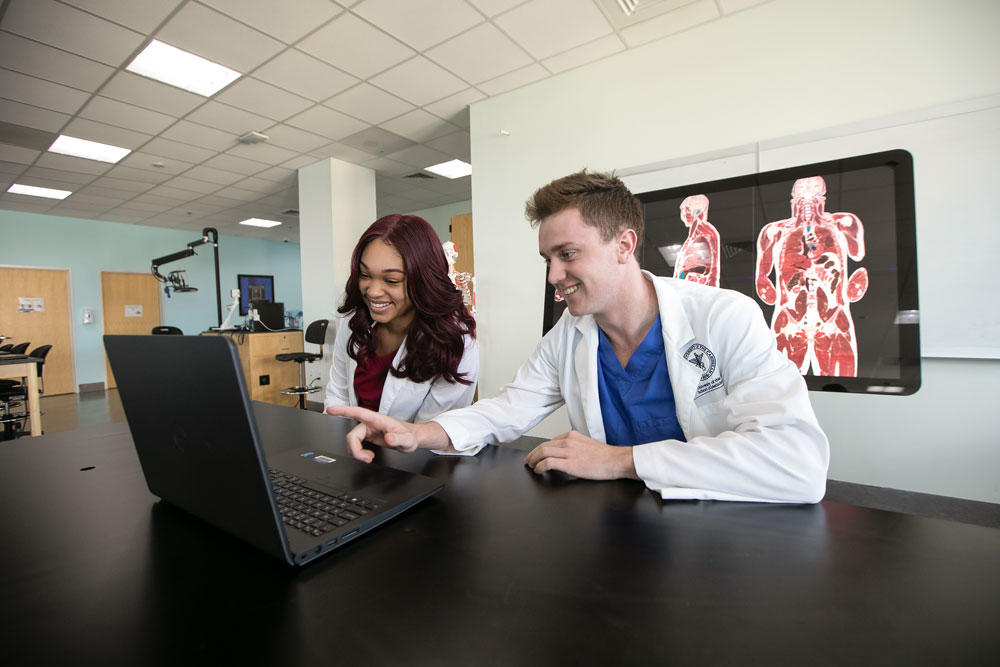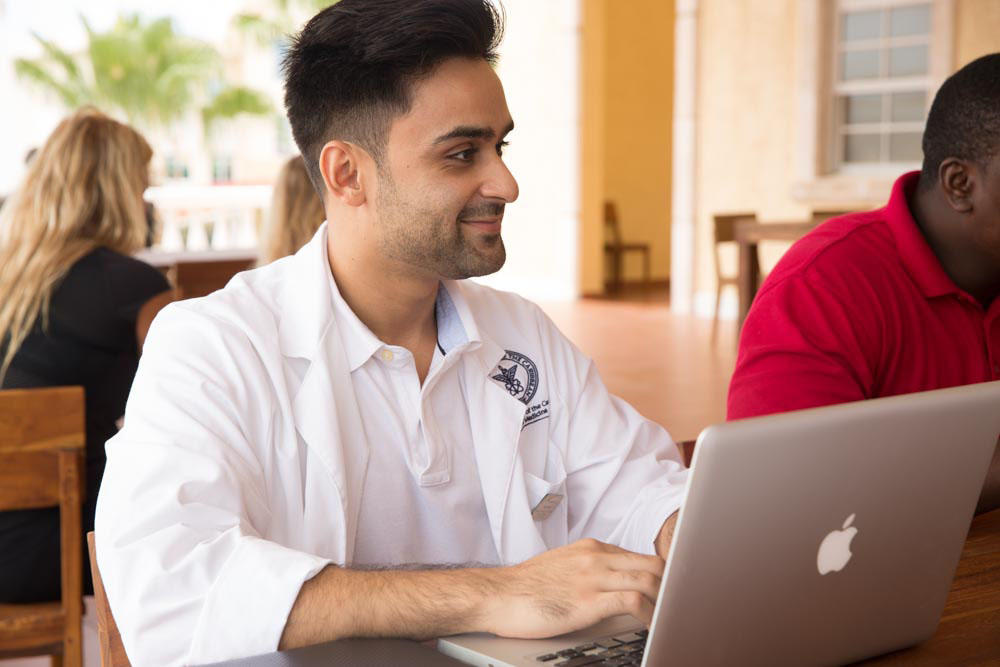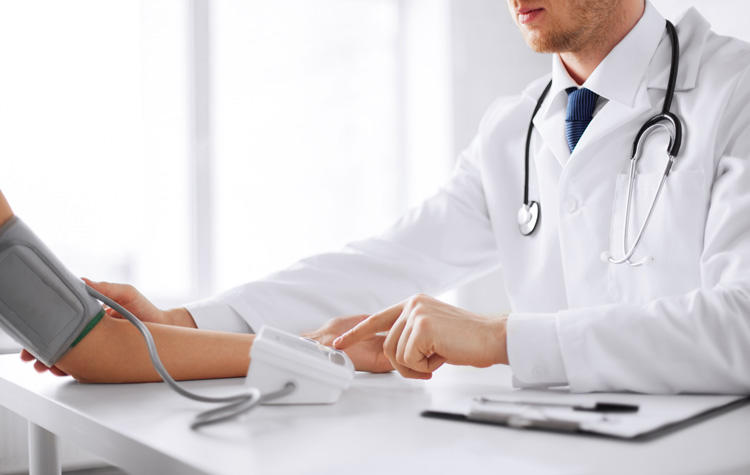Training to become a doctor is an exciting, yet lengthy process. With so many exams, program types, and medical school requirements, this process can feel overwhelming. We’ve broken this process into four smaller steps to guide you towards your dream of becoming a doctor.
Step 1: Earn a Four-Year Degree & Gain Experience
Students interested in becoming a doctor must earn a four-year degree at an accredited university or college. Choosing a science major along with a premed track is encouraged, but a science major is not mandatory. As long as students have successfully completed their premed program, they are eligible to apply for a medical program.
Premed programs typically include courses such as:
- Biology
- Chemistry
- English
- Math
- Physics
- Social Sciences and Humanities
Students who lack a science major, but are interested in becoming a doctor, can still apply to medical school. Prior to applying, they must complete premed requisite courses either online or in-person through a local university or community college.
As students complete their premed courses, we recommend gaining in-field experience. This experience can include volunteering at local clinics, shadowing a physician, or assisting with faculty research projects. While volunteering is not a requirement, it demonstrates dedication and can strengthen a medical school application.
This step takes around four years to complete.
Step 2: Prepare for the MCAT®
Premed coursework can help students prepare for the Medical College Admission Test® (MCAT®). However, the main purpose of premed coursework is to prepare students for medical school programs. As a result, students often choose to use MCAT prep materials or take additional courses to prepare for the test.
Using MCAT prep materials can help students:
- Become familiar with the MCAT’s format and types of content
- Develop test-taking strategies
- Identify areas for improvement
- Work through practice problems
The MCAT requires students to use critical thinking, scientific reasoning, and problem-solving skills. It also explores a wide range of topics such as biology, chemistry, psychology, sociology, and more. Taking practice tests is an excellent way to help students improve their overall performance.
Earning excellent MCAT scores, a high undergraduate GPA, and volunteer experience can strengthen a student’s medical school application.
Step 3: Apply to & Complete Medical School
Medical school programs can be classified as a Doctor of Medicine (MD) program or a Doctor of Osteopathy (DO) program. Both curriculums cover basic sciences, clinical medicine, and patient care.
The difference between the programs lies in their approach to medicine. MDs graduate from allopathic medical programs which focus on using medicine or surgery to treat symptoms or illness. DOs graduate from osteopathic medical programs which use the musculoskeletal system and physical therapies to trigger the body’s healing factor.
For a more in-depth look at the differences between these programs, visit our MD vs DO post here.
Both MD and DO programs can be completed in four years. MD students must pass Step 1 of the United States Medical Licensing Exam® (USMLE®) prior to clinical rotations. After completing core rotations, students are eligible to take Step 2.
DO students must take Level 1 of the Comprehensive Osteopathic Medical Licensing Exam (COMLEX-USAsm) prior to clinical rotations. After completing core rotations, students are eligible to take Level 2.
DO students are only required to pass COMLEX to complete their programs. However, they often take USMLE and COMLEX to increase their competitiveness during residency placement. If students earn a failing score on either exam, this score will be reported when applying for residency.
Our USMLE preparation guide dives deeper into Step 1 and Step 2 and provides resources available at AUC to assist students with both exams.
AUC students can choose between several of our affiliated hospital teaching sites in the US and UK to complete their clinical rotations.
Step 4: Apply for & Complete Residency
A medical residency takes place in a hospital or clinic and provides in-depth training within a specific medical specialty. First year residents may be referred to as postgraduate year one (PGY-1) or interns. Regardless of which term students prefer, their role remains the same.
First year residents are doctors who may only practice medicine under the supervision or guidance of attending physicians. They use their skills, training, and knowledge to treat patients suffering from a wide range of conditions. They rotate through a variety of medical specialties such as cardiology, oncology, neonatal, emergency medicine, and more.
MD students are eligible for USMLE Step 3 after successfully completing their MD program and the first year of residency. DO students are eligible for COMLEX Level 3 after successfully completing their DO program and the first year of residency.
Upon completion of USMLE and COMLEX, residents are licensed to practice medicine.
In the second and third years of residency, interns are now referred to as residents. They focus primarily on their chosen specialty and make rounds with their team. This team is led by an attending physician and composed of other interns and residents.
Depending on your specialty, this step can take three to seven years to complete.
Next Steps
American University of the Caribbean School of Medicine (AUC) is having another strong year with a 97% first-time residency attainment* rate for 2022-2023 graduates thus far.
Take the next step on your path to becoming a doctor: apply for admission at AUC.
*First-time residency attainment rate is the percent of students attaining a 2023-24 residency position out of all graduates or expected graduates in 2022-23 who were active applicants in the 2023 NRMP match or who attained a residency position outside the NRMP match.





